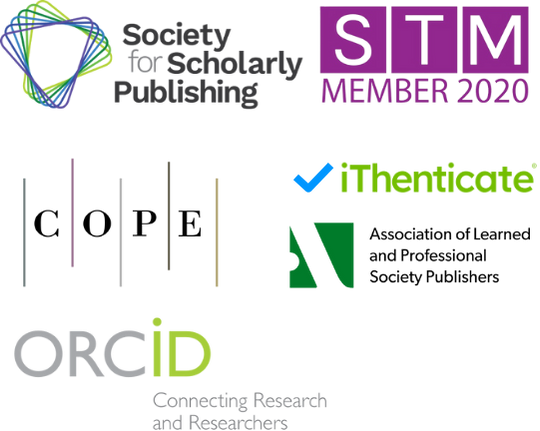Research on the Incentive Effect of Government Tax Preference on Independent Innovation of Emerging Enterprises
DOI:
https://doi.org/10.71222/m0zcaq83Keywords:
tax preference, incentive effect, independent innovation, emerging enterpriseAbstract
Currently, emerging industries are gradually becoming the main drivers of the transformation of China's industrial structure, and independent innovation serves as the core force behind the development of these industries. For the government, stimulating independent innovation among emerging enterprises has become a key policy objective. Appropriate financial and tax incentives can partially offset the losses caused by the externalities of independent innovation, while also reducing the risks and costs associated with innovation activities. However, questions remain regarding whether such tax incentives can effectively promote independent innovation and which types of preferential policies yield the strongest incentives. To address these issues, this paper employs an empirical analysis approach to construct a relationship model that examines the impact of tax incentives on enterprise independent innovation, providing a reference for the formulation of government incentive policies. The regression analysis indicates that tax incentives not only increase the innovation investment of strategic emerging enterprises but also encourage the generation of more innovative outcomes and enhance overall innovation efficiency.
References
1. S. Appelt, M. Bajgar, C. Criscuolo, and F. Galindo-Rueda, "R&D Tax Incentives: Evidence on design, incidence and impacts," 2016.
2. R. Bronzini, and P. Piselli, "The impact of R&D subsidies on firm innovation," Research Policy, vol. 45, no. 2, pp. 442-457, 2016.
3. A. Carvalho, "Why are tax incentives increasingly used to promote private R&D?," 2012.
4. Y. Chen, "Artificial Intelligence in Economic Applications: Stock Trading, Market Analysis, and Risk Management," Journal of Economic Theory and Business Management, vol. 2, no. 5, pp. 7-14, 2025. doi: 10.70393/6a6574626d.333232
5. Y. Chen, "Interpretable Automated Machine Learning for Asset Pricing in US Capital Markets," Journal of Economic Theory and Business Management, vol. 2, no. 5, pp. 15-21, 2025.
6. D. Guo, Y. Guo, and K. Jiang, "Government-subsidized R&D and firm innovation: Evidence from China," Research policy, vol. 45, no. 6, pp. 1129-1144, 2016.
7. D. Czarnitzki, P. Hanel, and J. M. Rosa, "Evaluating the impact of R&D tax credits on innovation: A microeconometric study on Canadian firms," Research policy, vol. 40, no. 2, pp. 217-229, 2011.
8. B. H. Hall, and J. Lerner, "The financing of R&D and innovation," In Handbook of the Economics of Innovation, 2010, pp. 609-639.
9. J. Hong, B. Feng, Y. Wu, and L. Wang, "Do government grants promote innovation efficiency in China's high-tech industries?," Technovation, vol. 57, pp. 4-13, 2016.
10. A. Klemm, and S. Van Parys, "Empirical evidence on the effects of tax incentives," International Tax and Public Finance, vol. 19, no. 3, pp. 393-423, 2012. doi: 10.1007/s10797-011-9194-8
11. Z. Liu, "Stock volatility prediction using LightGBM based algorithm," In 2022 International Conference on Big Data, Information and Computer Network (BDICN), January, 2022, pp. 283-286. doi: 10.1109/bdicn55575.2022.00061
12. Y. Qi, W. Peng, and N. N. Xiong, "The effects of fiscal and tax incentives on regional innovation capability: Text extraction based on python," Mathematics, vol. 8, no. 7, p. 1193, 2020. doi: 10.3390/math8071193
Downloads
Published
Issue
Section
License
Copyright (c) 2025 Furui Pang (Author)

This work is licensed under a Creative Commons Attribution 4.0 International License.


